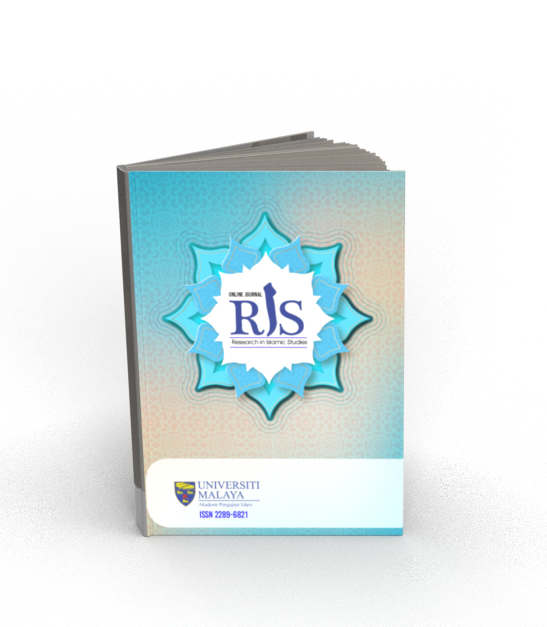Main Article Content
Abstract
This study will discuss the view of KH. Abdul Hamid on the Rebo Wekasan prayer in the Tarjumān book (1800-1900 BC). The Tarjumān book is essentially the kitab of tawhid (oneness of God) and fiqh (Islamic jurisprudence). However, its extensively discuss the subject of fiqh. To name a few such taharah (abolition), prayer, fasting, inheritance, pilgrimage, marriage and the general discourse. Rebo Wekasan prayer is a prayer performed on the last Wednesday of the month of Safar with the aim of being safe from the calamities that descend on that day for one year. Many people practice the Rebo Wekasan prayer whether from student, scholar, sheikh to the general public. The objective of this study is to identify the view of KH. Abdul Hamid on the Rebo Wekasan prayer. To meet this objective, the researcher uses a qualitative method of library research. The study finds that the practice of this prayer is based on the kasyaf (heart view) of the Sufis which is associated with some hadith that cannot be used as an argument for a problematic cause up to the level of mawḍū‘ (false).
Keywords
Article Details
Copyright (c) 2022 Online Journal of Research in Islamic Studies

This work is licensed under a Creative Commons Attribution-NonCommercial-ShareAlike 4.0 International License.
Copyright Notice
By submitting manuscripts to the Online Journal of Research in Islamic Studies (RIS), authors agree to transfer copyright to the journal. However, authors may republish their work or grant others permission to republish it; in which case it should be accompanied by a proper acknowledgment that the work was originally published in the Online Journal of Research in Islamic Studies (RIS). The journal adopt CC-BY-NC licence which authors may also share and distribute their article anywhere of non-commercial website, social media and repositories immediately on publication.
Authors may also reuse the Abstract and Citation information (e.g. Title, Author name, Publication dates) of their article anywhere at any time including social media such as Facebook, blogs and Twitter, providing that where possible a link is included back to the article on the journal site.
